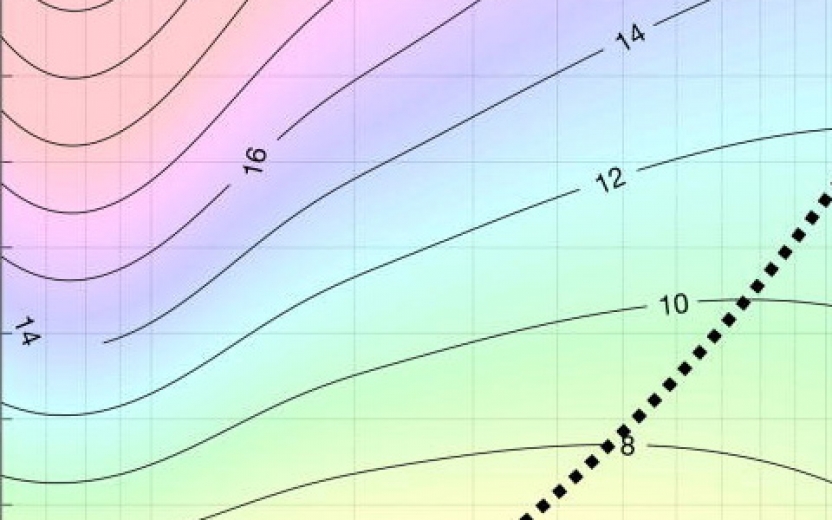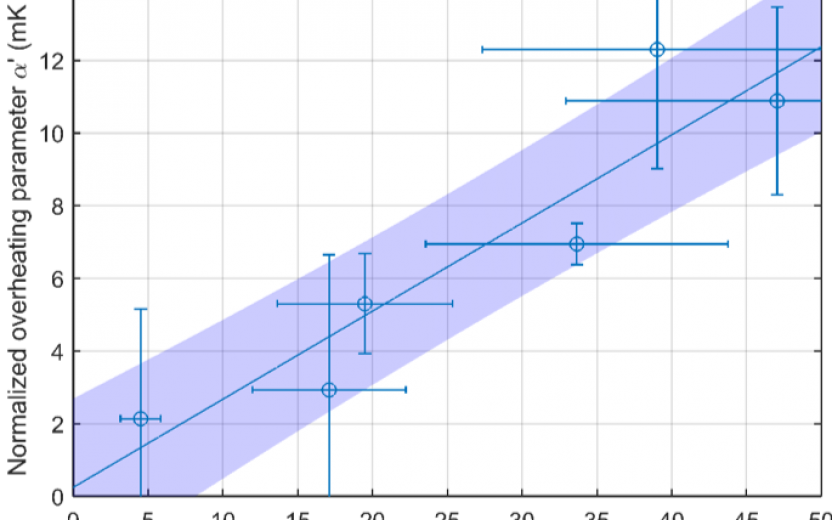The importance of the electron mean free path for superconducting radio-frequency cavities
J. T. Maniscalco, D. Gonnella, M. Liepe.
We show that the magnitude of the field-dependent decrease in BCS surface resistance in impurity-
doped niobium SRF cavities is directly linked to the impurity concentration, as quantified by the mean free path: higher impurity levels correspond to stronger anti-Q-slopes. This appears to be caused by a higher electron-phonon energy transfer rate in doped cavities, which help to keep the electron temperature low and avoid high electron overheating.
In short, the impurities baked into doped niobium cavities improve the energy transfer efficiency from the surface electrons out to the cryogenic bath. This helps to achieve extremely high quality factors in SRF cavities.
This result advances the CBB goal of improving SRF accelerator efficiency by opening a window into the loss mechanisms of high-Q doped niobium cavities. The findings could be used to tune doping recipes for SRF accelerators to achieve the highest possible Q given the accelerator parameters and ambient magnetic field.
Full Publication:


